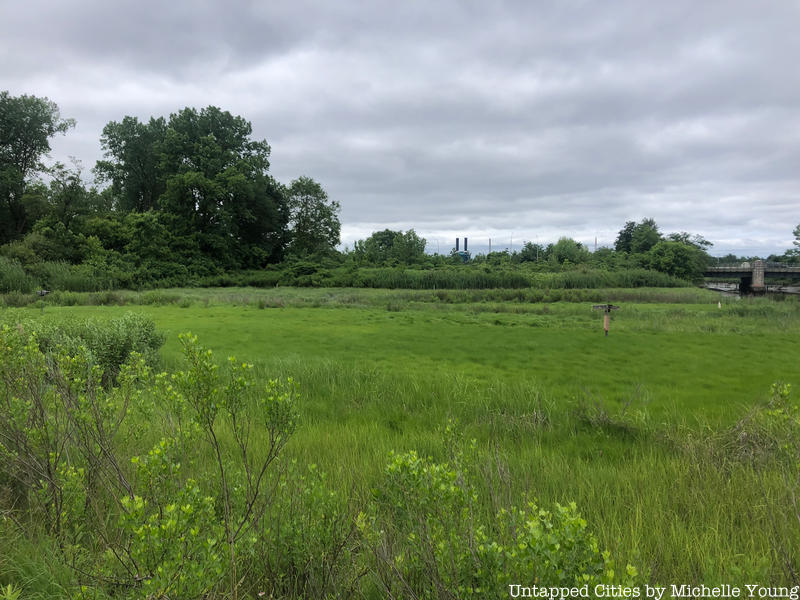
As a consequence of city-living, locals become accustomed to crowded subway cars and the constant lack of personal space. The congested nature of New York City is enough to turn any person into a grumpy urbanite, but spacious green space does exist if you know where to look.
Alley Pond Park, spanning over 655 acres, is one such refuge. As the second largest park in Queens, it provides enough breathing room for city-folk to freely stretch their arms without accidentally ramming their fists into adjacent bystanders. What more could someone ask for?
10. Alley Pond Park Lies on a Glacier Moraine
Alley Pond Park exists on top of an accumulation of glacial debris that formed 15,000 years ago during the Pleistocene Epoch. The southern edge of the glacier, known as the Minnesota Ice Sheet, deposited boulders on the hillsides of the southern end of the park and left behind buried chunks of ice, which eventually melted to form the park’s present system of “Kettle Ponds.” Today, fresh water that trickles down from the hills mixes with the salt water from the Little Neck Bay, creating Alley Pond’s diverse system of freshwater and saltwater ecosystems.





